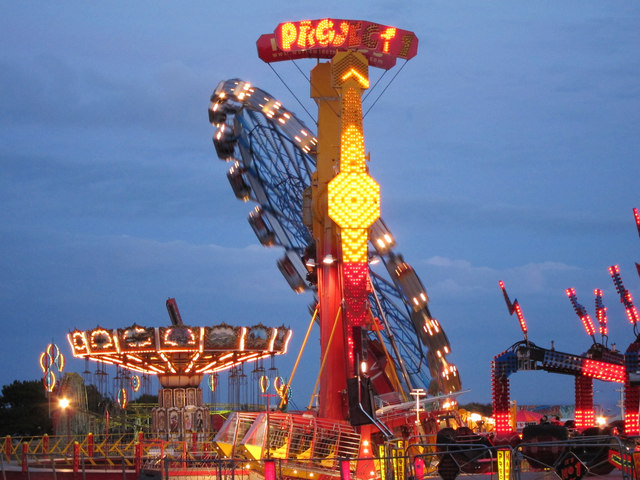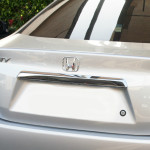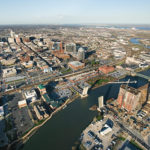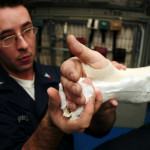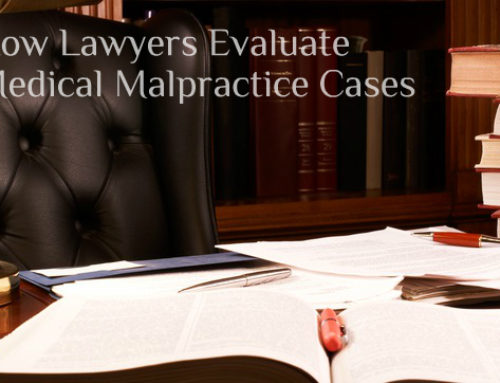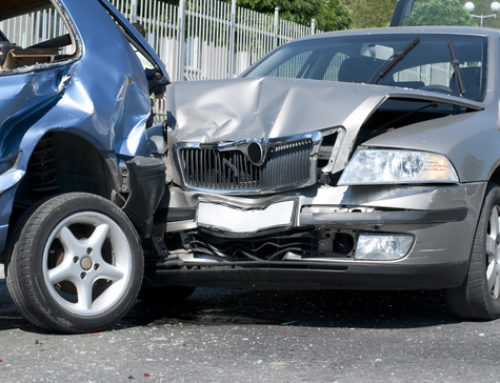Each year, thousands of injuries are reportedly caused by amusement park rides. While some injuries are minor, such as headaches, major injuries do happen. Between 1987 and 2004, amusement park rides claimed the lives of 103 people. With roller coasters only becoming larger and faster with today’s technological advances, the question of rider safety should be seriously considered.
In 2016, the federal Consumer Product Safety Commission (CPSC) reported that nearly 30,000 people were harmed from amusement park rides. Children between ten and 14 years old sustain the most injuries, particularly because of their smaller size.
Below is a list of the most common injuries caused by amusement park rides:
– Head, neck and back injuries – these injuries are typically sustained from rides that whip riders around, such as roller coasters and spinning rides.
– Skin lacerations, torn ligaments, and bone fractures.
– Drowning caused by water slides or other water rides, such as a “lazy river” ride.
– Stroke from neck trauma, particularly to the ligaments in the neck.
– Traumatic brain injuries – due to the G-forces in many rides, the prevalence of brain injury is common. The rapid speed of rides causes unnatural pressure and stress to the brain, resulting in injury.
– Death – some riders, especially small children, can be thrown from rides. Small riders can also fall out of seats and harnesses.
What Causes the Injuries?
In most cases, mechanical failures result in amusement park injuries. However, operator negligence can also be a factor.
Mechanical failure – these failures occur when a mechanism of the ride itself fails. For instance, if a car detaches from the roller coaster railing, this would be considered a mechanical failure. Same applies when a lap bar releases mid-ride.
Improper ride operation – if the ride operator stops the ride abruptly or fastens a seat belt incorrectly, this is an operator error.
Passenger misuse – If a rider fails to follow instructions, serious injury can occur. If a rider stands up during a ride or rocks a car, this is considered passenger misuse. Sitting improperly or unhooking safety restraints or harnesses can result in potentially fatal injuries.
Inherent danger of the ride – some rides are inherently dangerous, particularly rides that whip riders in a fast pace in multiple directions. Roller coasters have been shown to cause cerebral and retinal hemorrhaging, as well as loss of consciousness. Severe headaches and dizziness may also occur from some rides.
Safety Regulation and Oversight
Whether the federal government has oversight of amusement park rides depends entirely on the location and fixture of the ride. For instance, fixed-site roller coasters, like those at Six Flags, are not regulated by the federal government, but instead are inspected by the state. In other states, fixed-site rides are inspected and overseen by third party regulators. The federal government, in this case the CPSC, oversees only mobile rides. Rides that move from various locations, such as carnival rides, are the only rides that the government has the authority to regulate.
Basis for Lawsuits
Negligence and product liability are the two main legal platforms for someone to file a lawsuit against an amusement park for an injury. In order for the lawsuit to be successful, the rider must be able to prove that the amusement park or ride operator was negligent in maintaining the safety of the ride. The rider must also prove that the ride caused the injury.
For product liability claims, the rider must be able to prove that a ride was defective. Once a defective is established, the rider then must prove that the defective directly caused injury.
Defense of Amusement Park
There are three main defenses that an amusement park will use against the plaintiff. The first being that riders automatically assume risk by riding rides. If a reasonable person recognizes that there is an inherent danger in an amusement park ride, they are assuming risk if they choose to participate in that ride. This defense does not work if a rider is unaware that a lap bar is broken. This danger is unforeseen and would most likely be considered negligence on the park’s side.
The next defense an amusement park might use is that a rider did not comply with safety instructions. If a rider is hurt on a ride because they stood up when they were initially instructed to remain seated throughout the duration of the ride, then this rider did not comply with the instructions they were given.
The third defense an amusement park has is if there was a disclaimer on the amusement park tickets. This disclaimer may state that the park is cleared of liability should a rider be harmed on a ride. However, these disclaimers rarely hold up in a lawsuit. Further, legal contracts such as a ticket disclaimer, are typically questionable when it comes to children and teenagers as they do not understand the legal premises of an amusement clearly itself of liability. Because of the vagueness of ticket disclaimers, they usually do not hold up as a solid defense in court.
Seek Legal Assistance
If you have been injured because of an amusement park ride, contact us today- we’re here to help.


